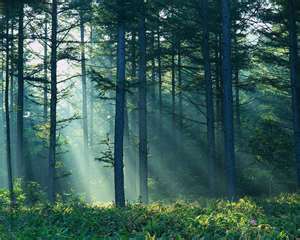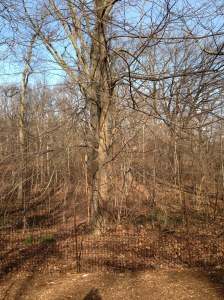‘It is because of you we are here.‘ Lilka Bielski, Tuvia Bielski’s widow said as she looked up at the trees (in a video) in the Belarus forest where the Bielski partisans (best known from the movie ‘Defiance’) survived the Holocaust.

Please go here to read more about amazing Partisans: http://www.jewishpartisans.org/
These same trees that saved partisans during the Holocaust, are the ‘green lungs’ that maintain life. Celebrating these – and all – trees, and the renewal and rebirth they represent – is what Tu B’Shvat is all about.
This holiday is sometimes called the Jewish Arbor Day, or what might be called the Jewish Earth Day. Clueless, I’ve thought of this as the ‘dried fruit holiday’ since the kosher supermarkets in my neighborhood offer a smorgasbord of dried fruits which I happen to love.
Literally, Tu B’Shvat, a minor holiday, means the 15th of the Jewish month of Shevat.
- Tu B’shvat delights
What I love more, is understanding what this holiday is all about: celebrating nature and our relationship to the earth and as a reminder to serve and protect trees. In Israel it’s all about ecological awareness and planting trees.
I’ve learned this for the first time thanks to Rabbi David Ingbor’s sermon one Friday night at the Romemu Synagogue. Environmentalist or not, this is a time of physical and spiritual renewal. A second Rosh Hashonah. Check out Romemu’s site and download the sermon: http://romemu.org
And listen to the music on “A Taste of Romemu: http://romemu.org/music
It’s so easy to take trees for granted, especially this time of year as they stand naked and silent, seemingly devoid of color and purpose.
Tu B’Shvat is the perfect time to start celebrating nature as we (humans and nature alike) enter this time of fertility after winter’s dormancy. And don’t trees deserve a much-needed time of rest, of fallow, after all they do for us?
Those seeds strewn in the fall, and through Rosh Hashonah intentions? They’ve had time to scatter and settle, hopefully to miraculously take root and prepare to bloom when conditions are right.
Tu B’Shvat is a reminder that life stirs before we see it: just as our dreams don’t come true one sun-filled morning, but rather build over the course of mulching and mulling experiences and actions.
While this may be a minor holiday, trees serve a major purpose in Judaism and Israel, which I think is pretty amazing:
Jews were ‘told’ to plant trees when they ‘returned’ to Israel.
All the more interesting since there were virtually no trees there. So now, when Israel boasts having more trees now than 100 years ago, it is easy to understand how this is true.
In 1901, early settlers in Palestine began planting trees as part of the Jewish National Fund (JNF). Now, there are over 240 million trees in Israel! In fact, one of the most popular ways to commemorate and celebrate an event or person is by planting trees in someone’s name through JNF.
(FYI, about planting trees… James Michner, in his fictional book “The Source”. http://en.wikipedia.org/wiki/File:TheSourceNovel.jpg writes about American Jews coming to visit ‘their’ trees, only to find they aren’t memorialized that way!)
Good thing there are so many trees since that proverbial peace symbol of an olive branch, well, we need lots more olive branches from lots more olive trees…

olive tree stamp http://www.greenprophet.com/2009/11/israel-pa-olive-crops/
While some of those who have planted trees were Partisans, and the children of Partisans, I think in this day and age we are all Partisans of a sort in need of safety.
We all need a safe place to hide – from the ravages of climate change.
10,000 trees were killed, uprooted, in New York alone during Sandy. Ironic – the trees that will save us from climate disasters are destroyed during those same disasters.
I want the world to be a safe place, full of safe hiding places, preferably for play, not war. So while I won’t literally be planting trees this weekend, I’ve already ‘asked’ JNF to plant a few to honor a niece.
Who knew Tu B’Shvat is in fact a major holiday in intent? A holiday of action and change!
Here’s to celebrating renewal and rebirth as we all start to thaw from our winter fallow. And a reminder to go hug (and plant) a tree in thanks for the safety she provides.


















